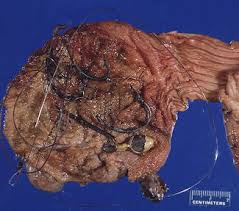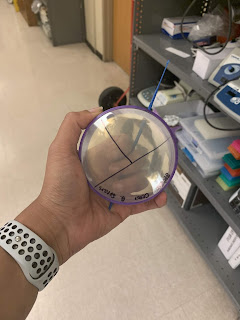Fall 21 Post 4 *BE WARNED NOT FOR FAINT HEARTS*
The stomach and digestive system often hold many clues that help professionals determine when a person passed away. By examining these bodily systems, one can determine when a person ate his or her last meal, based on how far the meal’s contents traveled through the digestive system.
We also have the eyes. After death, the state of a body’s eyes begins to change. Immediately after death, the pupils begin to dilate and no longer respond to light. As more time passes by, eyes begin to contract, and the fluid in a body’s eyes begins to dry up. In some cases, a body’s irises also chance shape.
So in any altercations that may happen in the environment the body will still tell its own story to help determine the time of death. There are certain parts of the body that are not affected by outlier conditions.
Ref:
https://theforensicdoc.com/how-does-a-forensic-witness-determine-the-time-of-death/




Comments
Post a Comment